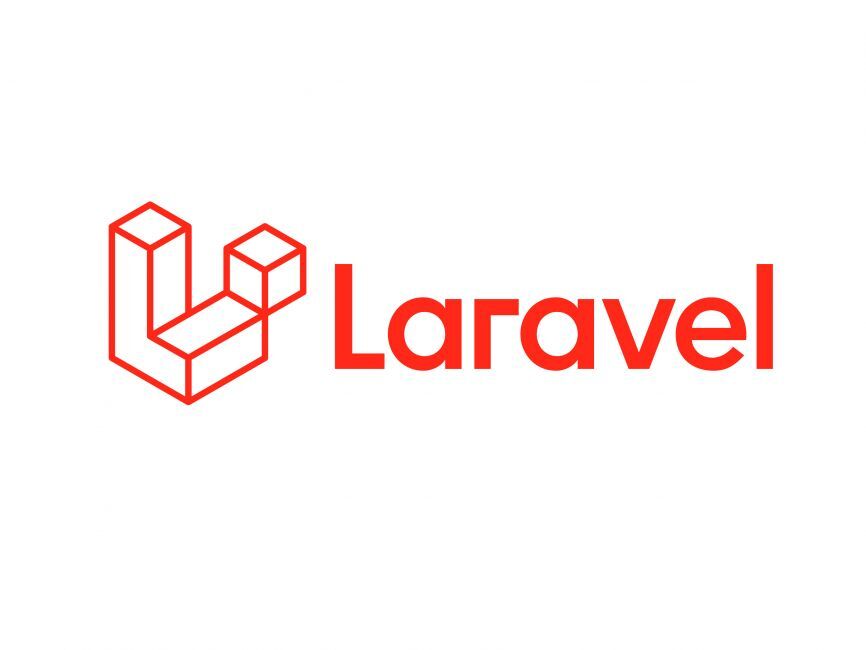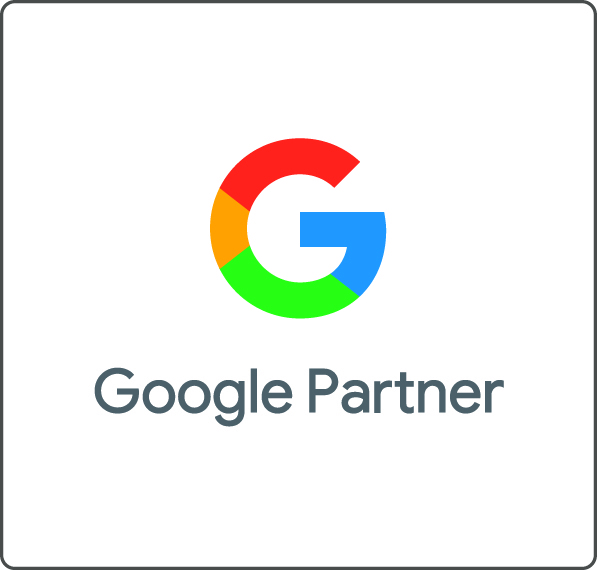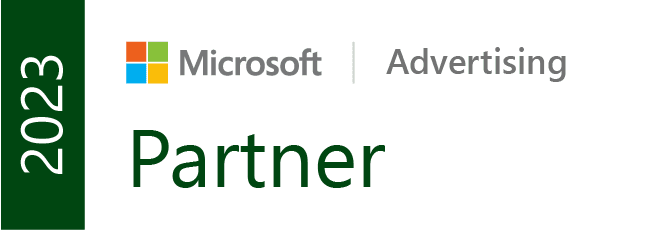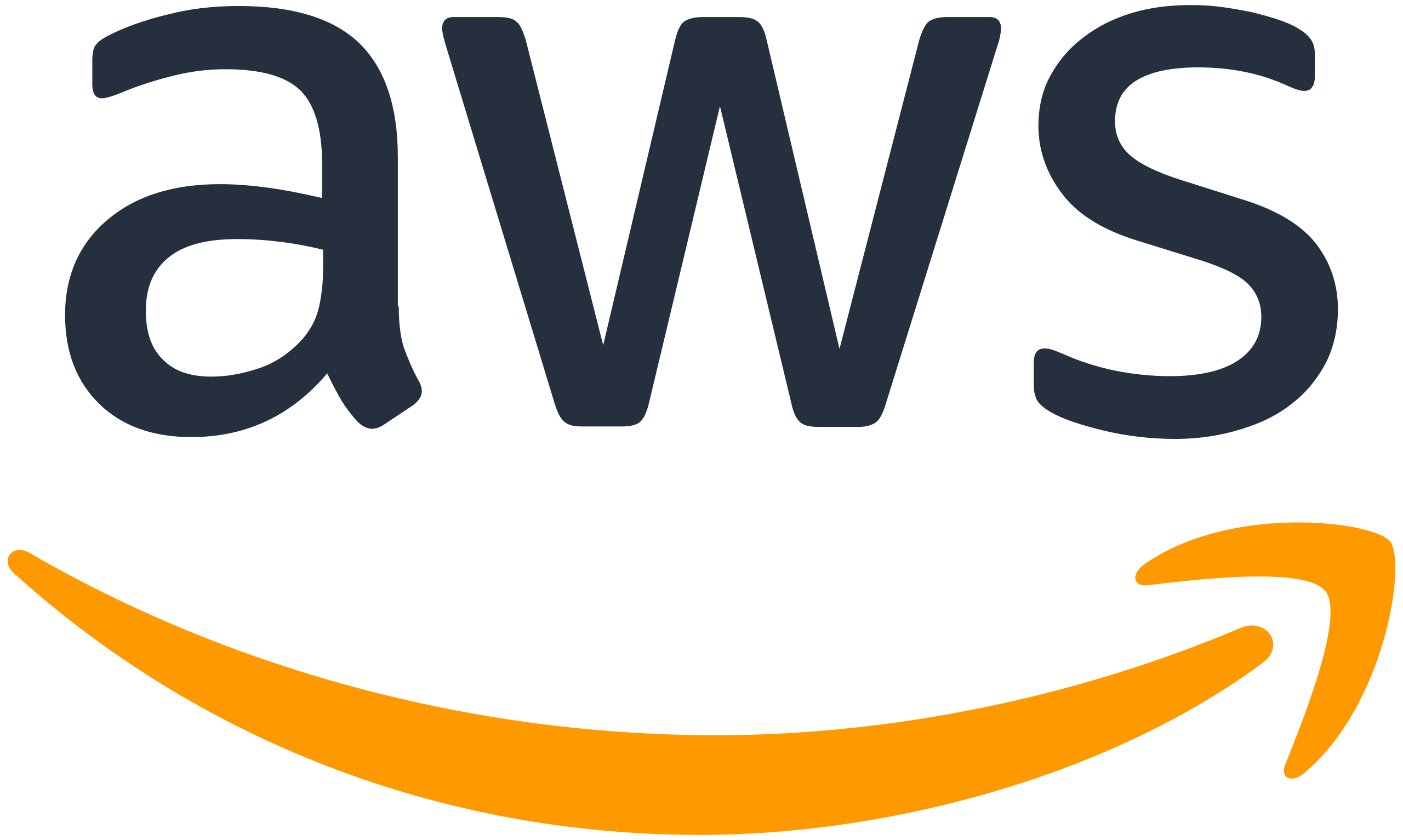Now, this blog isn’t as scary as it sounds, and the aim isn’t to actually scare your customers into submission. However, these strategies could help your consumers make decisions, and ideally ones in your favour if applied correctly, and possibly help reduce an over-reliance on discounting to encourage conversions.
Here are 3 key ways of using fright strategies to speed up consumer decision making in the travel industry...they are all synonymous with the psychological state of cognitive dissonance (a situation involving conflicting attitudes, beliefs or behaviours. This causes discomfort within the individual, which they are then motivated to try and resolve).
Loss aversion & FOMO (fear of missing out)
We experience loss greater than we can experience gains, even if it’s of equal value. So as individuals we do whatever we can not to feel this discomfort, especially if it involves us missing out on something.
In advertising, RyanAir use this psychological state to good effect by raising awareness of the “risk” involved / potential loss should its customers not reserve a seat.
They’re not necessarily doing anything clever here, as they are pointing out what you secretly already know, but they do remind you of the consequences and thus draw attention to them. It’s a powerful reminder to at least make the customer think twice.

Scarcity creates a sense of urgency
Similar to loss aversion, it has an added benefit of making an item seem rare. In turn this makes it feel more valuable, and again you don’t want to miss out so you take action before it’s too late.
Booking.com are masters of giving the impression of rarity. Apparently they run over 10,000 tests a year to get their conversion journeys, trigger phrases and timings just right.
Part of me feels a little stressed out with all the urgent messages that flash up on screen, creating a somewhat panic in my decision making, but it is also undeniably effective:

-
Booked X times in last hour - urgency + social proofing is a great combination
-
In high demand (plus last minute price drop) - we’re all familiar with how high demand & short supply can hike up prices, but if you’re given a window of opportunity to get it cheaper, do you act now?
-
Just missed out - evidence that if you do delay then rooms aren’t guaranteed, and you may lose out.
- Travellers with the same dates are making a booking every X minutes - proof of the speed required in decision making, don’t dilly dally!
The need for closure
We have a desire for definite cognitive closure as opposed to enduring ambiguity. The perceived lack of closure spurs us on to complete the task.
Using phrases such as ‘start now’ or ‘begin now’, ‘start your adventure’ will plant a seed that the consumer has started something and so they’ll be more compelled to complete it.
A simple language change, but potentially a highly effective one. Try it out on your booking forms and enquiry forms.
This approach is very good for abandon emails, but possibly also the first few frames of a Facebook video where our attention spans fail to get us past the first 3 seconds? When consumers are in this state it provides an opportunity to close the journey.
According to SalesCycle, the average abandonment rate in the travel industry is 81.8%! This has improved year-on-year, but still exceptionally high. So abandon emails and remarketing opportunities are definitely worth investing in to make the most of brand familiarity and visitor traffic.

Here are some lovely examples of headlines & copy from abandoned basket emails:
-
We’ve bookmarked your holiday search
-
We’re keeping your holiday search warm
-
Did you experience a problem with your booking?
-
Still thinking about it?
-
{Name} you’re so close...

As you’ll see the creative possibilities are endless, although refrain from being creepy with big brother style ‘we’ve been watching you’ interruptions. Brands in the fashion industry, in particular, are very good at playing with their brand personality, being a little bit cheeky, but also not being afraid to nudge. I’d love to hear if anyone has received any good ones lately… makes the art of email all the more fun!

Finally, so as not to focus solely on frighting your customers into making the right decision, here is one additional positive interaction which you might like to try...
Choice-supportive bias
Choice-supportive bias is in many cases (not all) when the brain tries to support its choice. The brain has a built-in cognitive bias to strongly support any choice that it has made, and has a tendency to remember one’s choices as better than they actually were, and over-attribute positive features to options they chose and negative features to options not chosen.
In the case of your web copy or interactions with a customer, reaffirm they’re making a good decision (or have done so) by using language such as ‘congratulations’ ‘you’re doing an awesome job’ and ‘great choice.’ Helping them on their way to remembering positive decisions, and forgetting any friction or negative hesitation points..

Image from Covertize
So, that just leaves me to say nice work on choosing to read this blog, I hope you found the tips inspiring, and that you may even use some of the approaches in your own marketing copy and campaigns. I’ll keep my eye out...
If you’d like to discuss any ways to improve your conversion rates or are interested in finding out more about our travel marketing expertise then please get in touch with our team.





